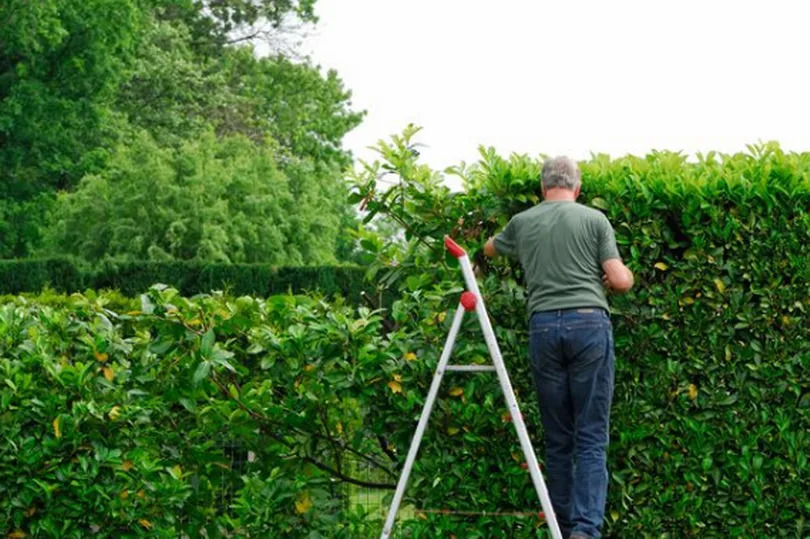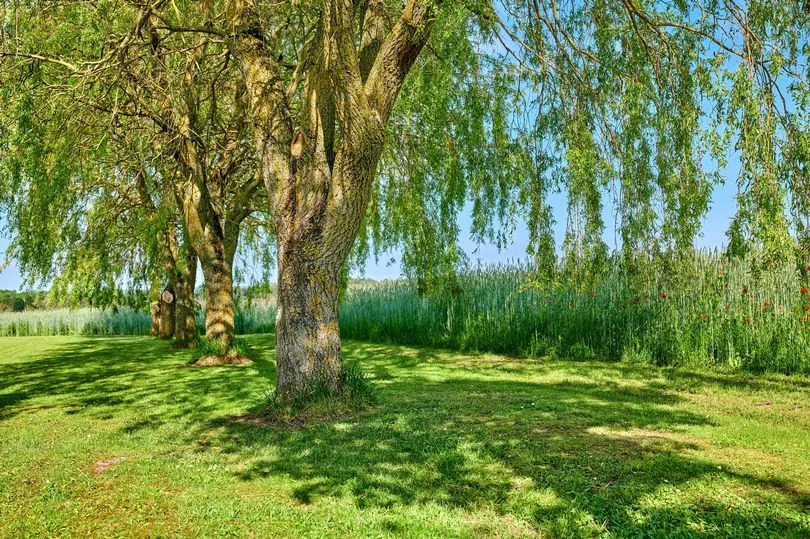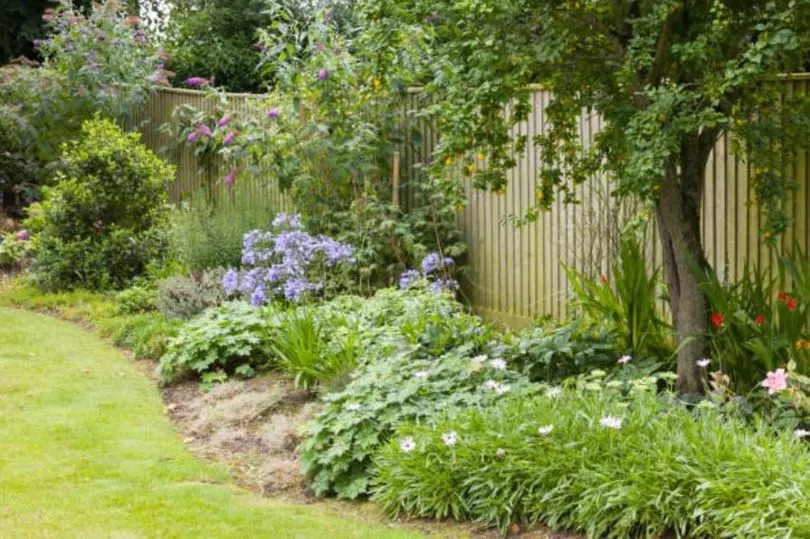One of the most effective ways to add elegance and charm to your garden is by planting trees. However, a gardening expert has revealed there are five trees that are better to avoid.
While trees are a fantastic addition to any outdoor space, it’s important to be cautious about which kinds of trees you plant. Not only do they add height and add dynamism to your garden’s topography, they are also excellent oxygen-producers, freshening your air and absorbing carbon dioxide.
Additionally, they make a great home for all sorts of wildlife including birds and squirrels. However, some varieties of trees have aggressive root systems which can damage your home and other infrastructure.
READ MORE: Meghan Markle left ‘in tears’ over Prince William’s brutal ‘bullying’ statement
READ MORE: Woman covered in agonising burns after wholesome day picking blackberries
For this reason, horticultural therapist Edward Bowring, writing on behalf of Home and Gardens, has cautioned against planting these five trees, which can cause problems in your garden, the Mirror reports.
Cherry laurel
Cherry laurels are popular choices for creating screens in gardens thanks to their dark leaves and thick fast-growing foliage.
They also produce charming white flowers in the spring.

Cherry laurels can damage other plants in your garden -Credit:Getty
However, according to Edward, this is “a hedge to avoid”, due to its potential to cast shade over and displace other plants.
Another downside is that it is also toxic to pets and humans.
Black walnut
The black walnut tree can grow to an incredible 100 fet and produces black walnuts which can be harvested in late September and October.
Unfortunately, there are some downsides to growing this regal tree.
Expert Edward explains that the tree must be regularly pruned in order to keep it productive and maintain its shape. It also bleeds sap when cut.
The tree also produces a chemical called juglone, which is toxic to many plants. It is located in the tree’s foliage, fruits and roots and can hinder the growth of other plants.
Staghorn sumac
Native to North America, this small tree is known for its rusty autumnal colours.
It also makes a great home for birds and different kinds of pollinators, which further boost your garden.
However, Edward warns that this tree “has a suckering habit”, which means that it produces offshoots from its main trunk that can become quite dense.
He also advised that if left unmanaged, its fast growth can outcompete other plants in your garden.
Weeping willow
This gorgeous tree has distinctive hanging branches and offers sufficient shade, particularly in the height of summer.

Weeping willows may look lovely, but they are very demanding -Credit:Dhoxax via Getty Images
While it is also great at tolerating waterlogged soil, it unfortunately may be best to avoid having it in the garden.
Edward warns “to avoid planting [it] close to a house” due to its fast-growing and moisture-seeking root system, which can damage underground pipes.
English oak
The English oak is a truly majestic tree, known to grow up to 130 feet tall, making an impressive addition to any garden.
However, Edward explains that you must set aside time to clear away the acorns, leaves and branches that fall from it.
He also cautions that it features an extensive root system which has “the potential to damage sidewalks, driveways and even foundations”, which makes it a risky choice to plant near your home.


Comments are closed.